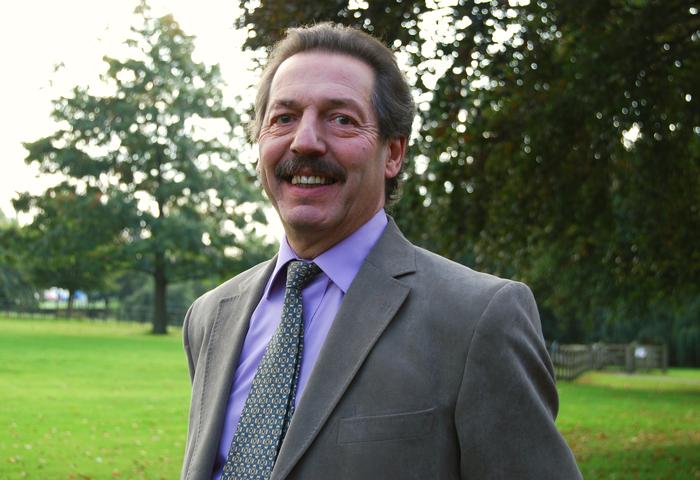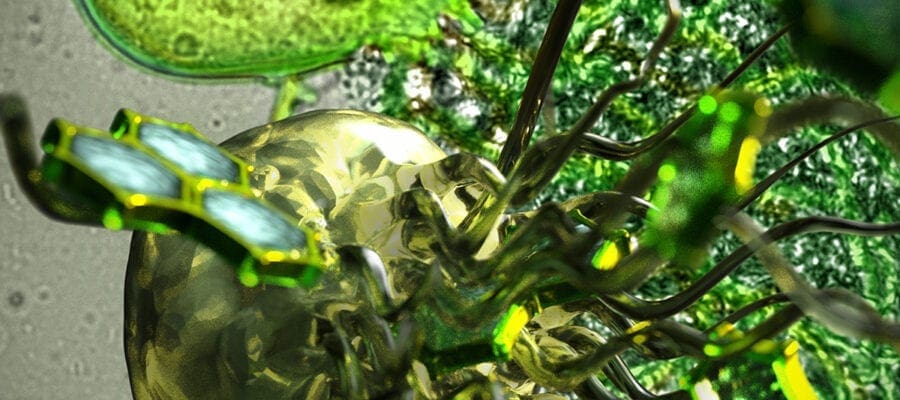Scientists look at the way relatively unknown fungi works inside the guts of herbivores in hopes of revolutionising biomass technology.
Professor Theodorou, leader of the Agricultural Centre of Sustainable Energy Systems (ACSES) at Harper Adams University, is among the group of scientists researching the potential benefits of these gut fungi. He said: “Renewable technologies are looking to use renewable plant biomass resources for chemical and fuel production, making us less reliant on fossil fuel.”
Currently, a genetically-modified solution is being used in the biomass process, but this is costly due to needing an expensive pre-treatment so that the plant biomass can be successfully digested. This is then followed by the fermentation of released sugars by yeast to produce products such as bio-ethanol.

Professor Theodorou said “The objective of our work was to find an alternative, more straight-forward platform, mimicking the conversion of plant biomass to useful products in nature.
“In our work so far, we have identified hundreds of enzymes from the gut fungi, which have commercial biotechnology potential. It is because these fungi are able to survive in such a highly-competitive microbial ecosystem, where a myriad of protagonists seek to degrade plant biomass, that we believe they are so effective at their job.
“In the herbivores digestive system, these microorganisms convert plant biomass to sugars which are further processed as energy sources for the animal. Moreover, the gut fungi are able to achieve plant biomass conversion effectively and without the need for chemical pre-treatment.
“We have so far shown that some of these enzymes are substantially better than the current solution at converting plant biomass to sugars.
“We need to invest more resources to study this group of relatively unknown microorganisms. They may hold the key to the renewable technology of effective biomass conversion. Their full potential must be explored and exploited.”
Professor Theodorou has been studying the gut fungi since the early 1980s. He has been collaborating with the O’Malley Laboratory at the University of California, Santa Barbara since 2012.





